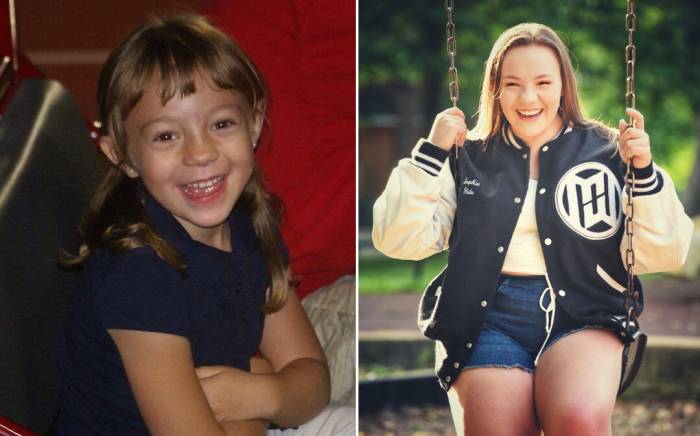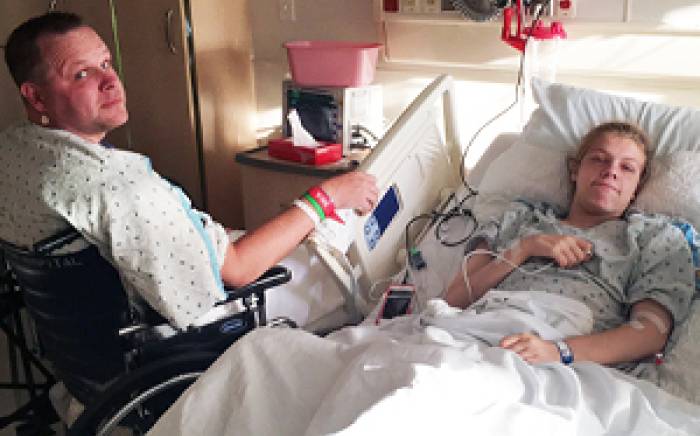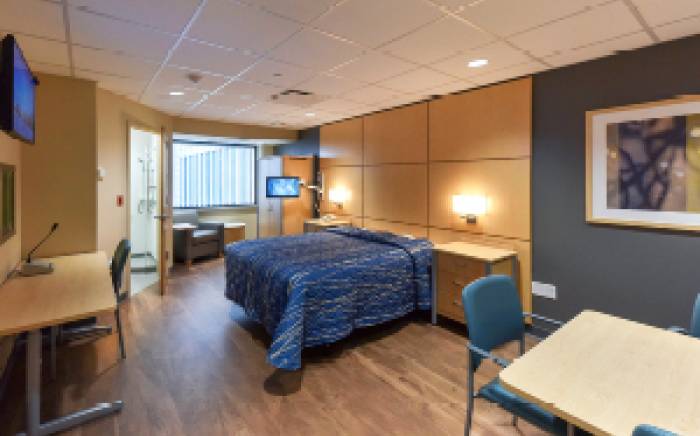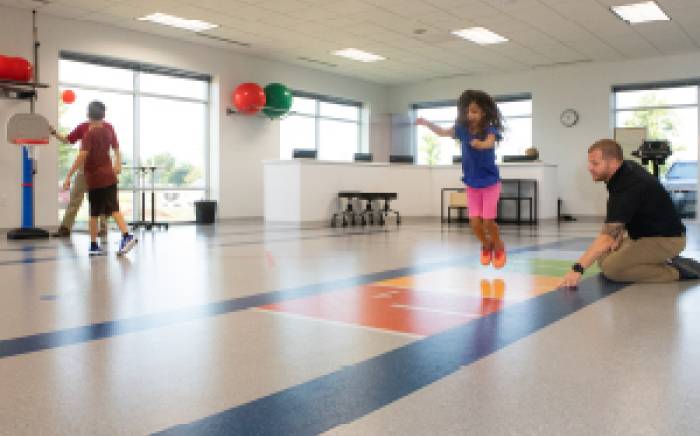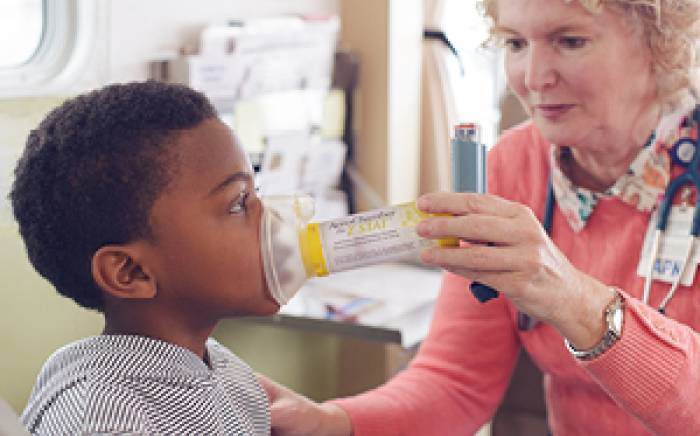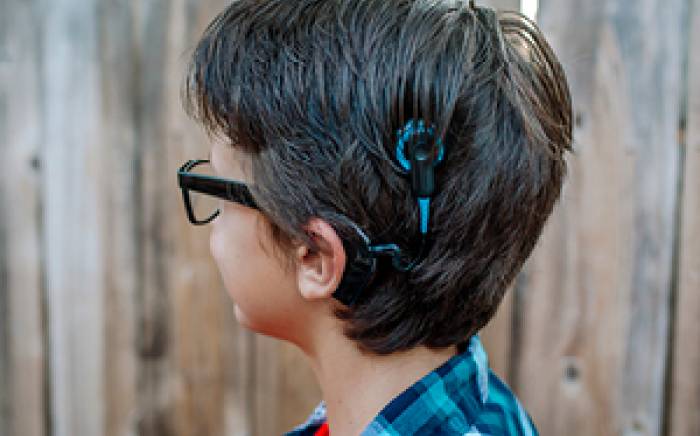 Due to an increase in demand for procedures and services, St. Louis Children’s Hospital (SLCH) is expanding its Pediatric Epilepsy Center. The expansion will include additional surgical technology, two epileptologists, EEG technologists and an ICU EEG.
Due to an increase in demand for procedures and services, St. Louis Children’s Hospital (SLCH) is expanding its Pediatric Epilepsy Center. The expansion will include additional surgical technology, two epileptologists, EEG technologists and an ICU EEG.
SLCH uses state-of-the-art surgical technology to treat children with epilepsy. ROSA, or Robotized Surgical Assistant, has two roles in epileptic surgery: to map out the procedural route before surgery, and to assist during surgery. Children’s epilepsy neurosurgeons have performed upwards of 20 procedures with the help of ROSA since acquiring the technology almost a year ago.
“ROSA allows us to better see the onset and spread of seizures in three dimensions across the brain, while doing so in an efficient and minimally invasive fashion,” says Rejean Guerriero, DO, Washington University pediatric neurologist at SLCH. “It allows us to ask and answer questions about the relationship between cellular networks and their seizure susceptibility in remote parts of the brain that moves well beyond our prior abilities and technology.“
ROSA creates a 3-D map for the surgeons to follow during a procedure, and holds the surgical tools precisely and firmly in place. The precision and strength of ROSA has made brain surgery safer than ever before. The technology enables surgeons to perform less invasive procedures, with smaller incisions and less bleeding. It has reduced surgery time by hours, and has helped patients recover in days rather than weeks. ROSA also reduces the patient’s risk of pain and infection.
In 2016, epilepsy surgery volumes at SLCH increased more than 30 percent from the previous year. To accommodate the growth in volume, the Pediatric Epilepsy Center added two epileptologists. Stuart Tomko, MD, who trained at Texas Children’s and Boston Children’s hospitals, began in July. Dr. Guerriero, who finished his residency and fellowship at Boston Children’s Hospital before coming to SLCH less than a year ago, will be spearheading the new ICU EEG program, which launched this summer.
According to Bradley Schlaggar, MD, PhD, Washington University neurologist-in-chief and director of the Division of Pediatric and Developmental Neurology at SLCH, the ICU EEG program will allow physicians to identify and treat seizures more easily using EEG machines.
“This service will increase our ability to optimize outcomes for patients in our pediatric, cardiac and neonatal intensive care units,” says Dr. Schlaggar. “It has become increasingly clear that neurocritically ill children have clinically unrecognized seizures with sufficient frequency that it is important to use EEG technology to identify those seizures.”
Children’s is adding several EEG technologists to identify the source of seizures in patients using EEG equipment. “We are transferring responsibility for patient observation in the epilepsy monitoring unit from our patient care techs to the EEG techs in order to improve the quality and consistency of the process,” says Susan Hibbits, OTR/L, director of neuroscience at SLCH. With the addition of new technologists and equipment, St. Louis Children’s Hospital plans to quickly and accurately identify seizures in patients in order to provide them with proper care.
As demand increases for advanced epilepsy treatment, SLCH will continually expand the Epilepsy Center to accommodate patients from the St. Louis region, across the United States and around the world.
To learn more about the Pediatric Epilepsy Center at SLCH or to refer a patient, call Children’s Direct at 800.678.HELP (4357).

